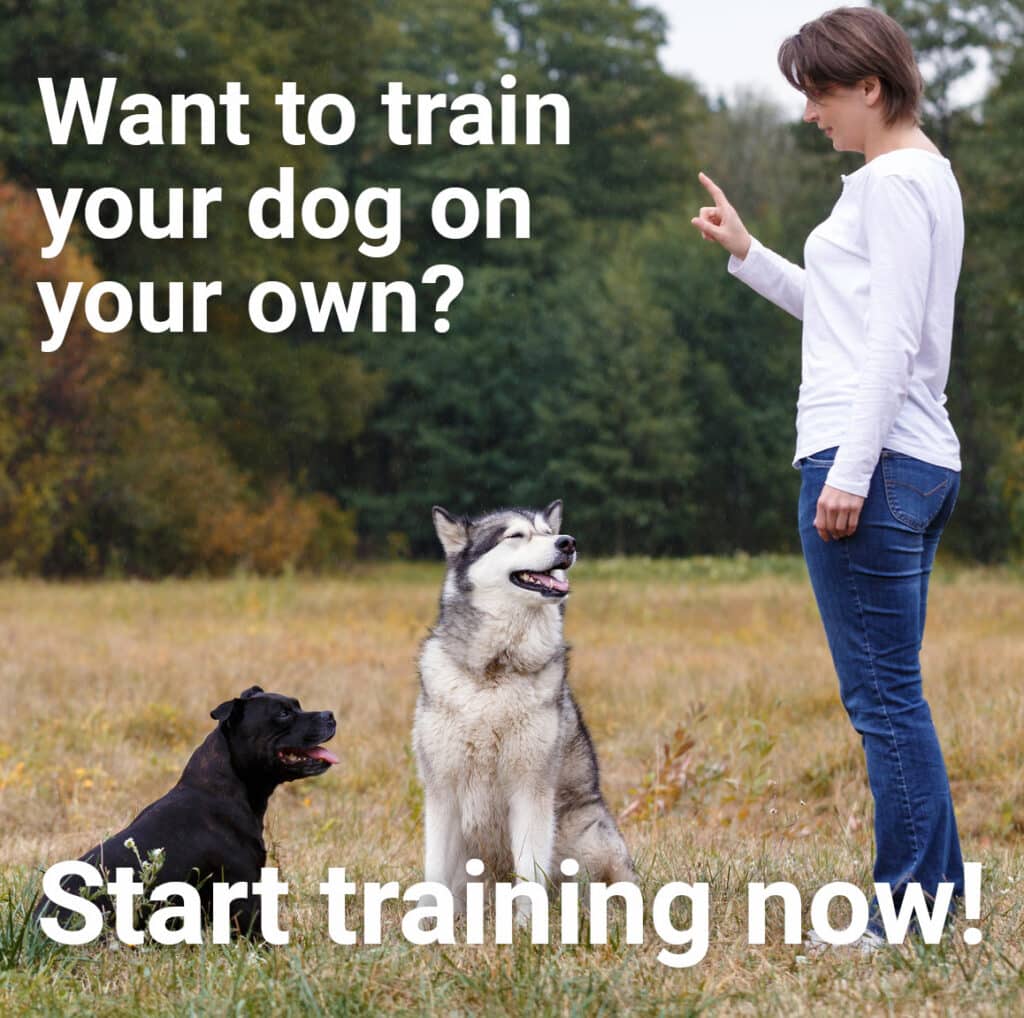When was the last time one of your friends invited you over and asked you to bring your dog? Been awhile? Perhaps your friends would prefer you didn’t bring your dog. Ever wonder why?
Maybe its because he tends to jump on people when he greets them. Remember when he lifted his leg in their table? Oh, and the time he got possessive over the dog toys and snarked at their dog? Let’s not even mention when he chased their cat all over the house and knocked over the lamp.
If you want your dogs to be to welcome in other peoples homes you have to work on their social skills. Just like kids need to have manners in order to be welcome in nice restaurants, your dog should have good manners in order earn invitations into your friends and families homes.
Ask the homeowner what the rules are for dogs in their home. For instance their prize garden is going to be off limits, so ensure that your dog is under control when exploring the back yard. It seems like common sense, but not everyone has the same expectations of a dogs behavior as you do, so it is best to make sure their behavior is as good as it can be for everyone’s sake.
Wouldn’t it be great to be able to go to someone’s home and have everyone comment on your dog’s great manners? There are so many things you can do to help prepare your dog for visiting friends but it will take time and effort to achieve this.
- Calm attitude – a calm attitude leads to calm reactions. Energy leads to energized reactions. Teach your dog that calmness wins what he wants. He must be calm to be fed, to go out the door, to approach other people and to get attention from you. Teach your dog to be calm and have manners, then the invitations will flood in.
- Calm greetings – teach your dog to greet calmly and patiently. They should only get attention from other people when they are being patient and calm. Do not let the dog into your personal bubble until they are calm and then you can pet them.
- No jumping up or pawing – no one wants a dog leaping up at them soiling their clothes or paws scraping down their arms and legs. If your dog is a jumper you need to find a friend to practice with. Usually by the third to fifth round your dog should begin to slow as you approach your friend and sit down, look at you and then your friend can calmly pet your dog.
- No licking – no one wants a Wet Willie from your dog.
- Able to hold a long sit/stay or down/stay – always handy and very impressive. If your dog has a well rehearsed sit or down stay then most of your problems disappear. The trick is to teach the sit/down stay in an easy environment first and then work towards more difficult, exciting environments. For your dog to do a sit/down stay for 30 minutes while everyone stands in line for the BBQ could come in very handy.
- Teach your dog to stay out of an area – like the space surrounding the BBQ or the picnic table. Create a bubble they can’t come into without your permission. It is always valuable to have a dog who can stay out of the dining room during the dinner portion of the evening.
- Good with children – They should know children and be comfortable in their presence. It is a good idea to teach them to sit or lay down around little kids so they are calm and not likely to whack the kids in the face with their tail.
- House trained – Be sure to give the dog a chance to soil outside before taking them into the house and take them out regularly so they aren’t tempted. It should go without saying but be sure to pick up after your dog.
- Calm with other animals – Your dog is a guest and should not harass the household pets. If they don’t have experience with other animals then keep your dog on a leash to keep everyone safe and comfortable.
- Respectful of peoples personal space – Dogs need to learn to be respect people personal space so they don’t run them over or intrude on them.
- Brush your dog – Be sure your dog is well groomed so they don’t shed hair all over your friend’s home. Nobody wants dog hair left behind after a visit.
Know your dog’s limitations, if he can’t handle the household rules then keep him on a leash. Sometimes you need to manage behaviors while you are teaching them. Better to set him up for success with some restrictions then to let him loose to make mistakes and fail.


